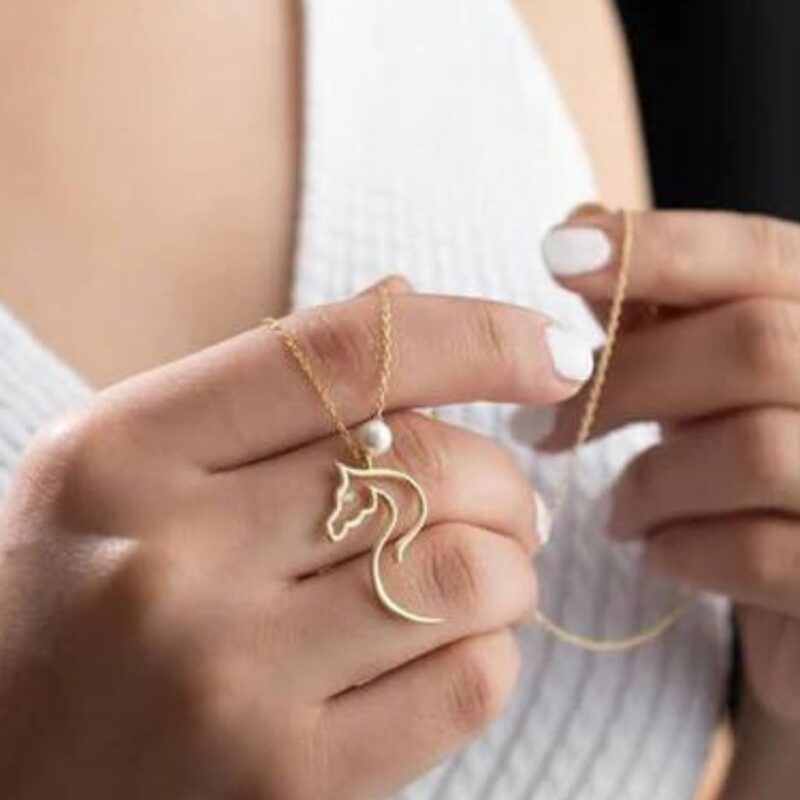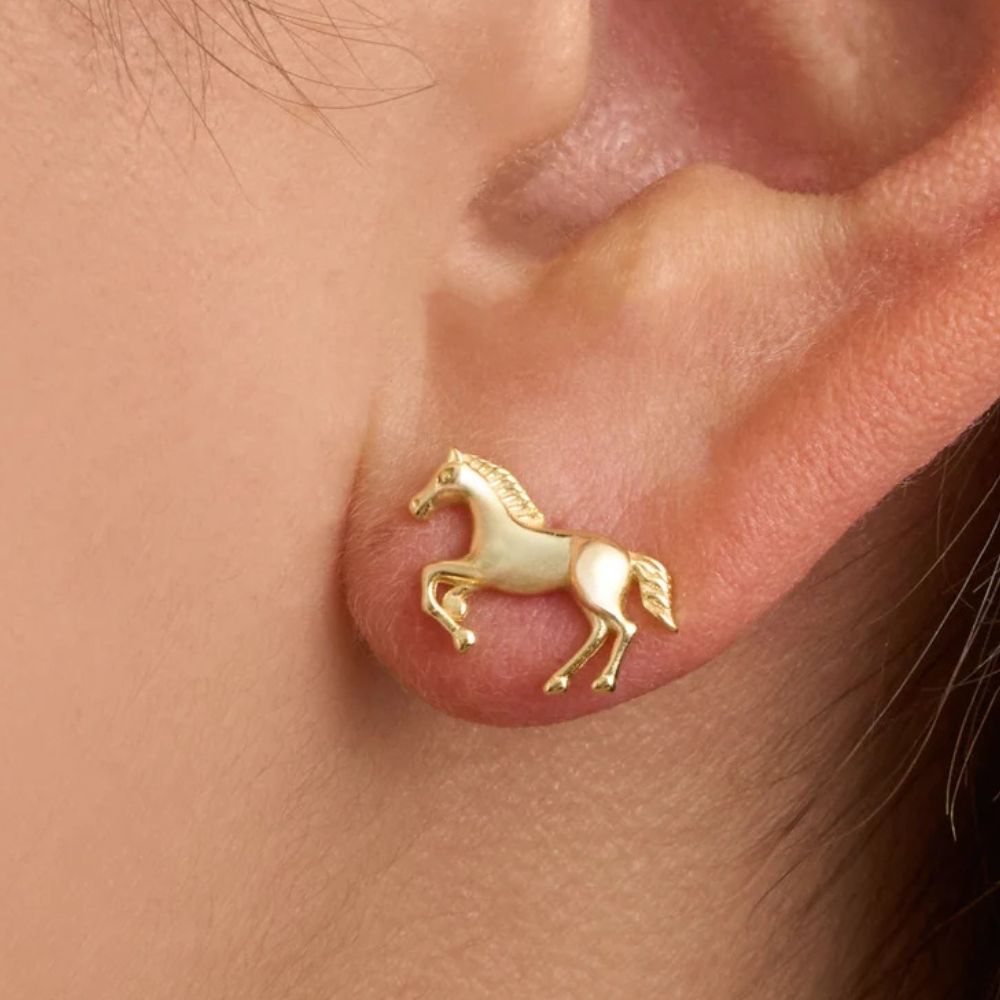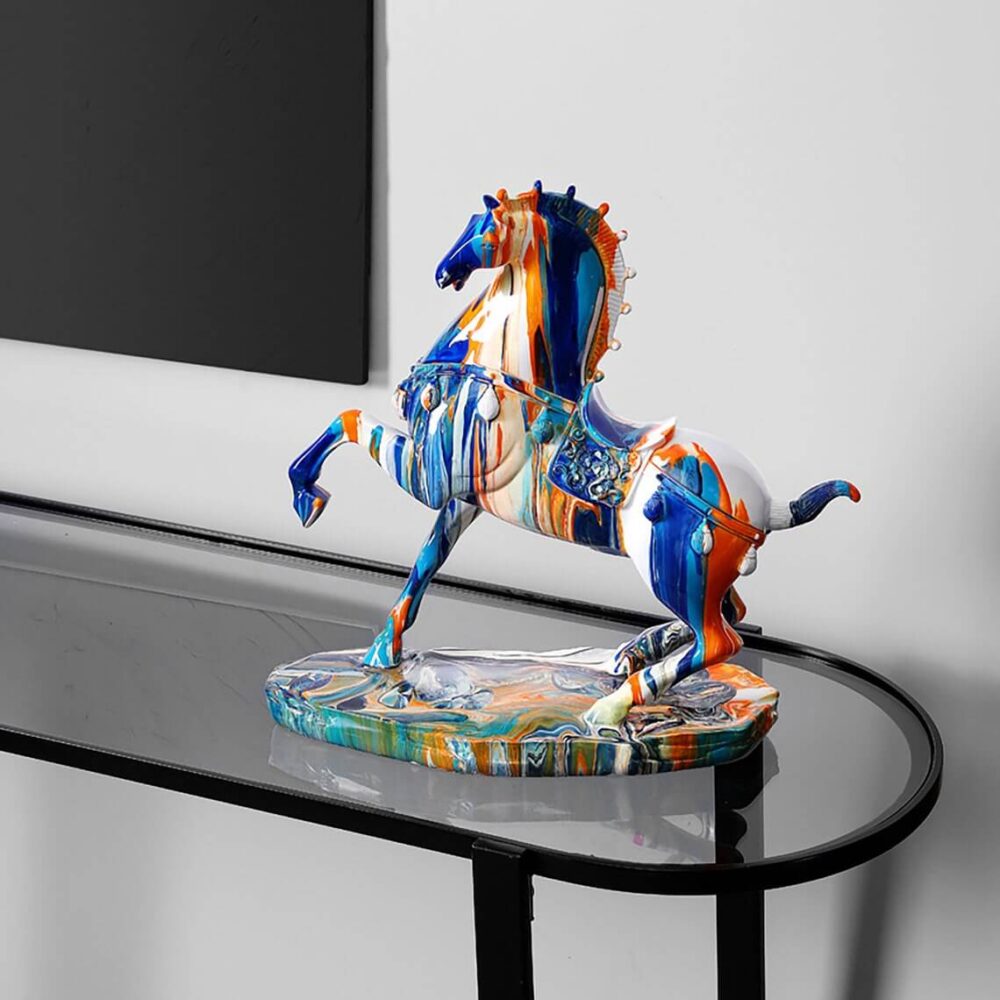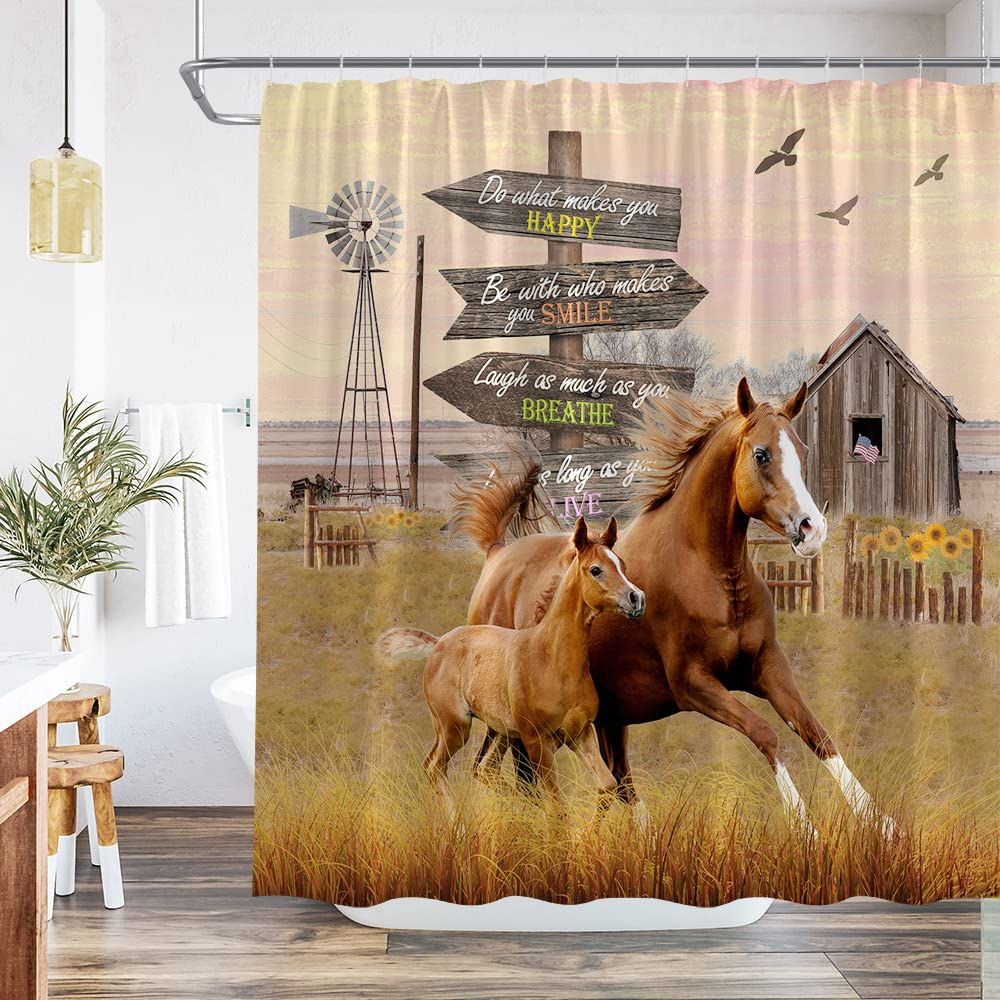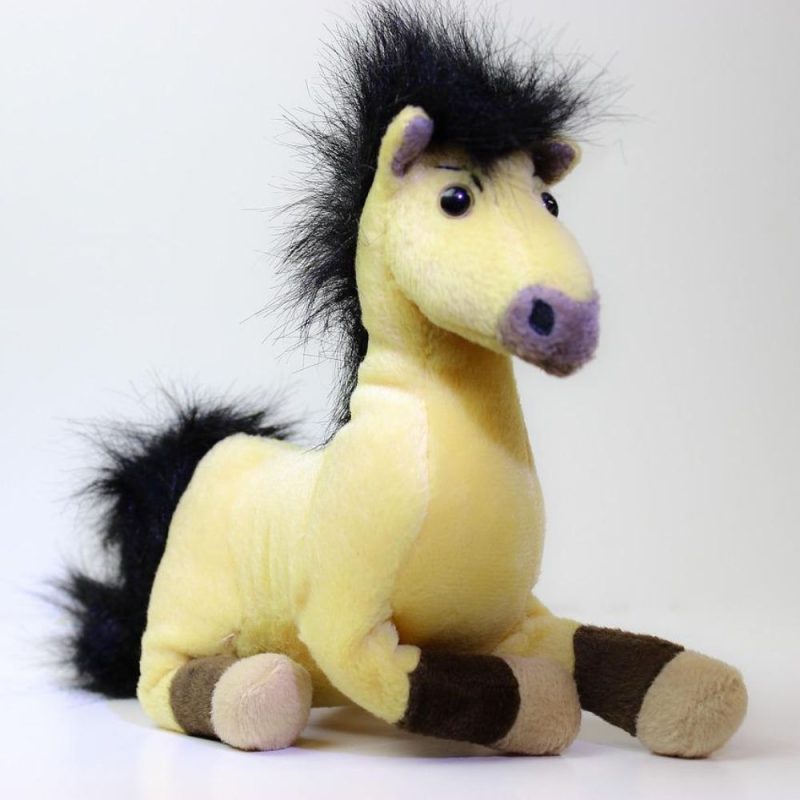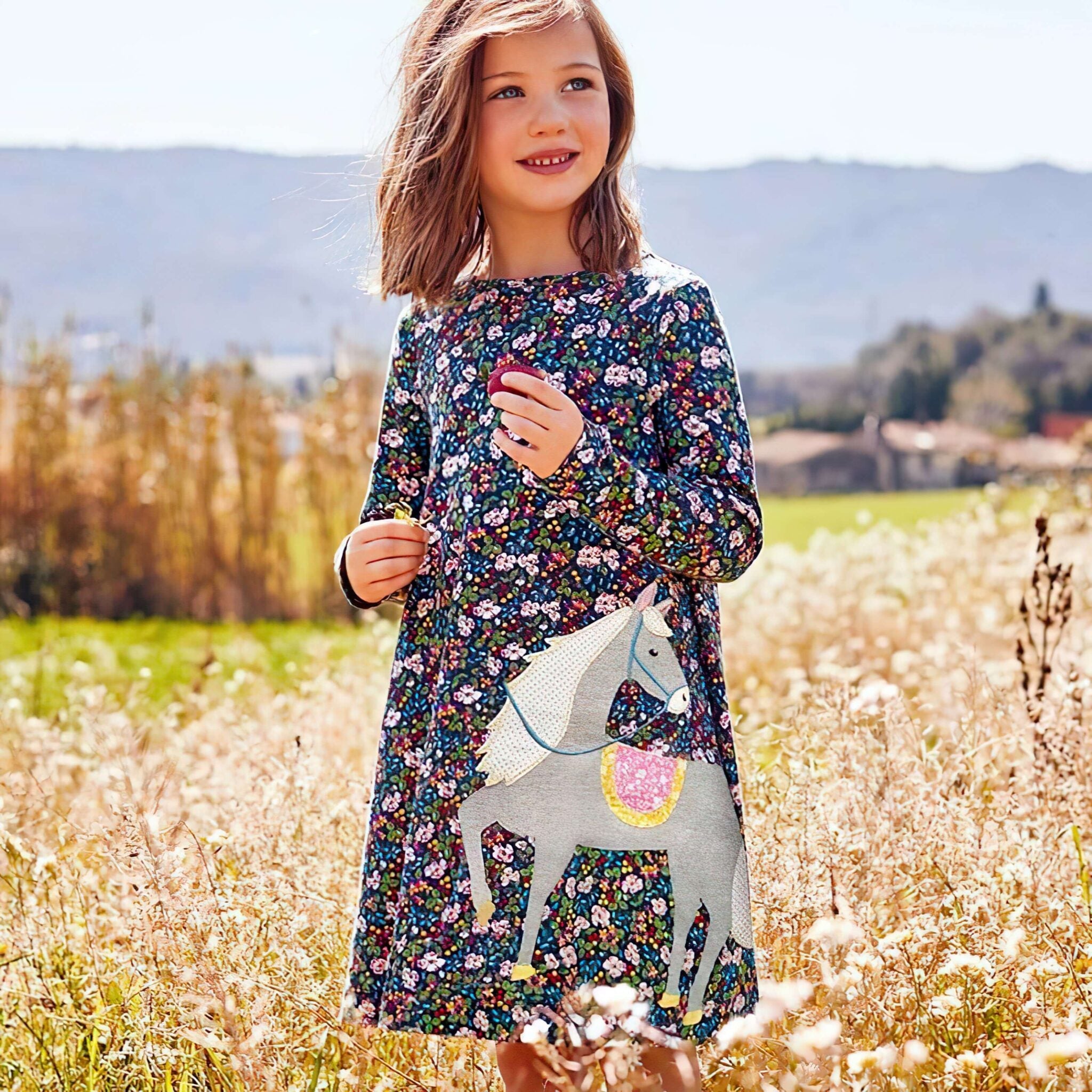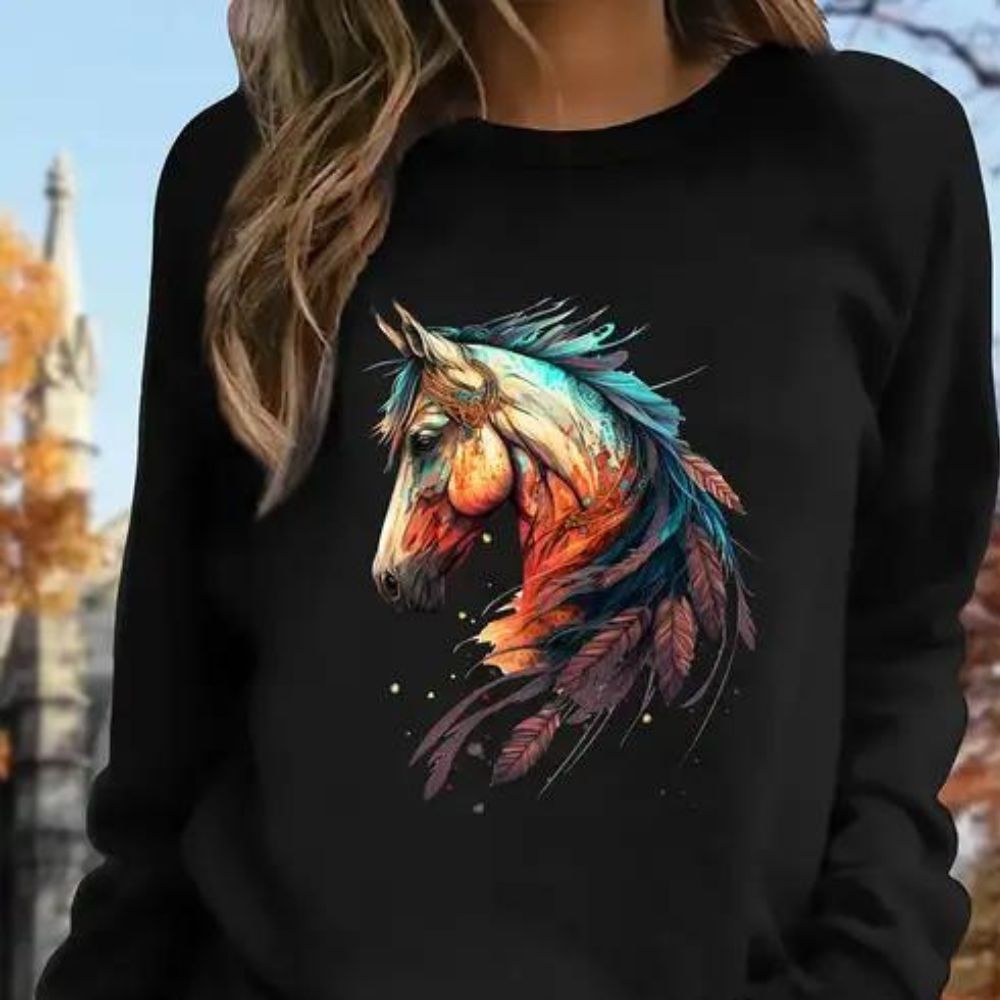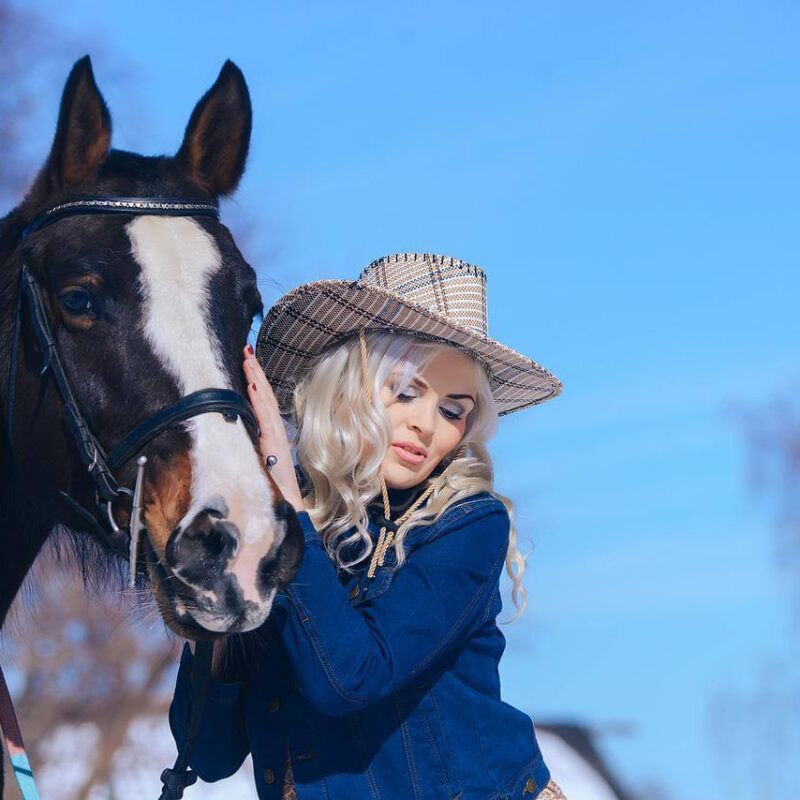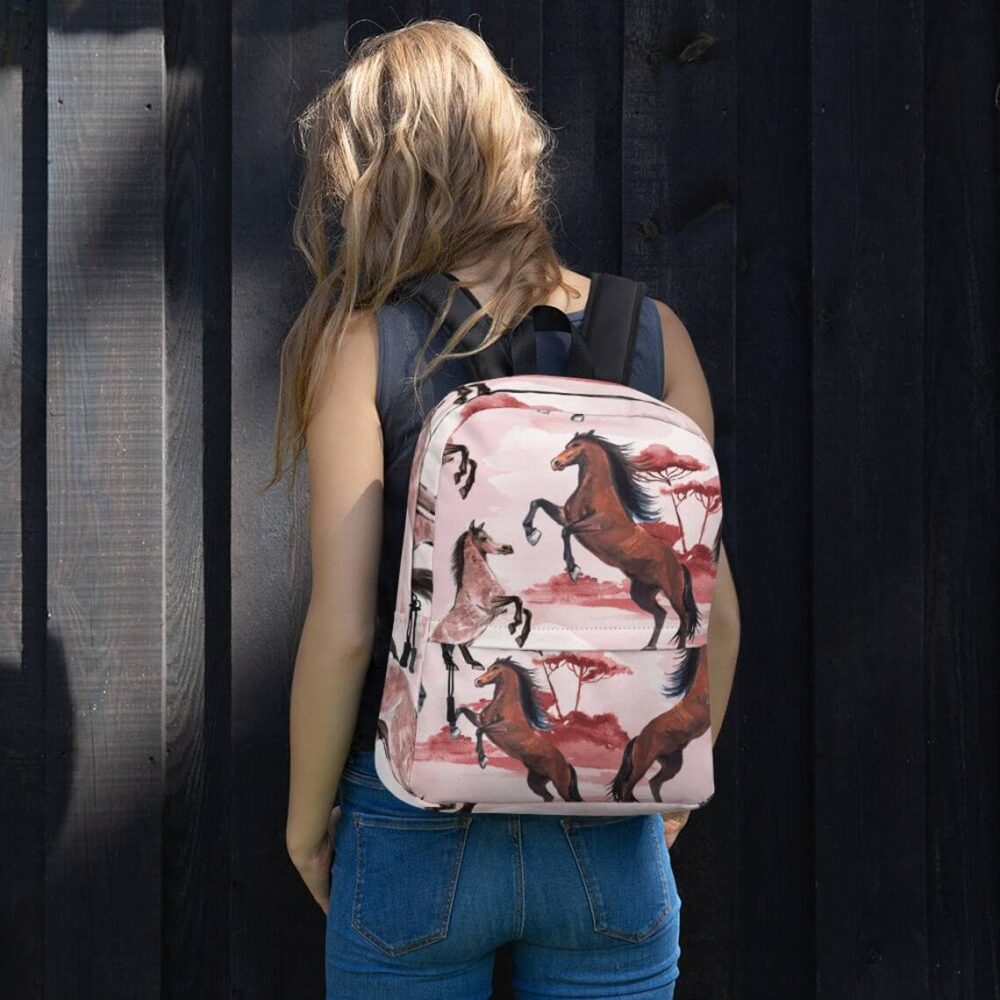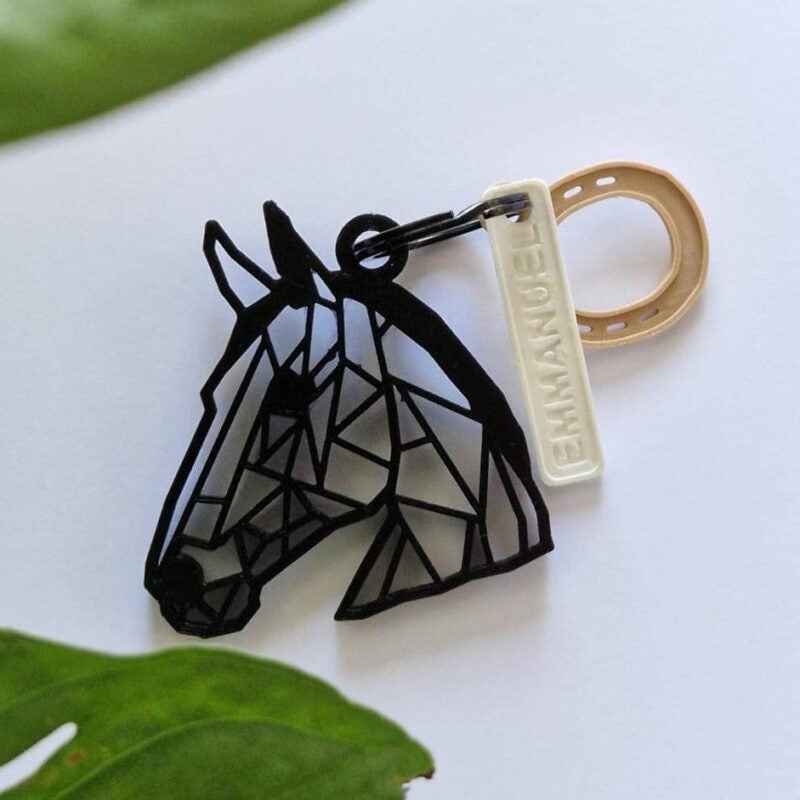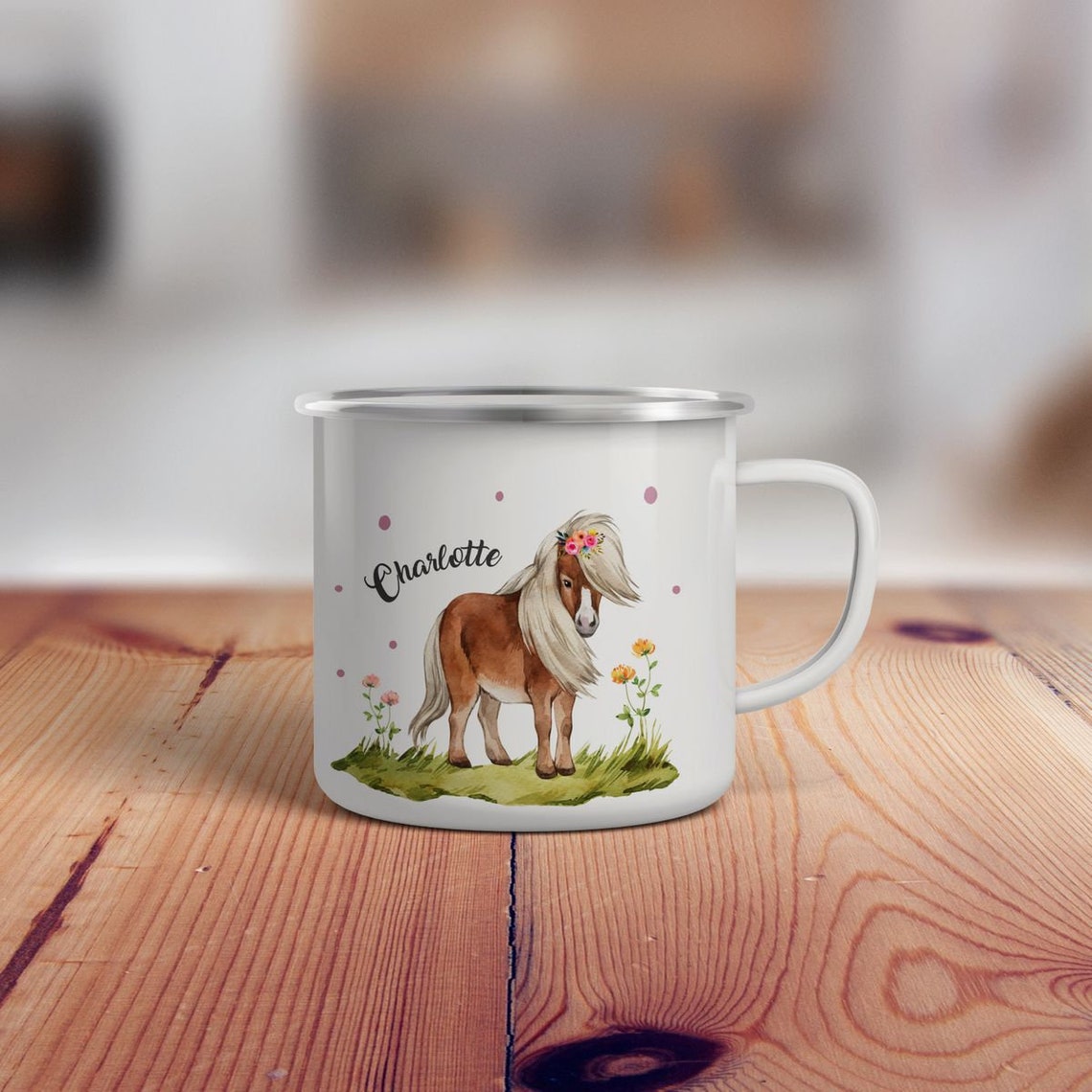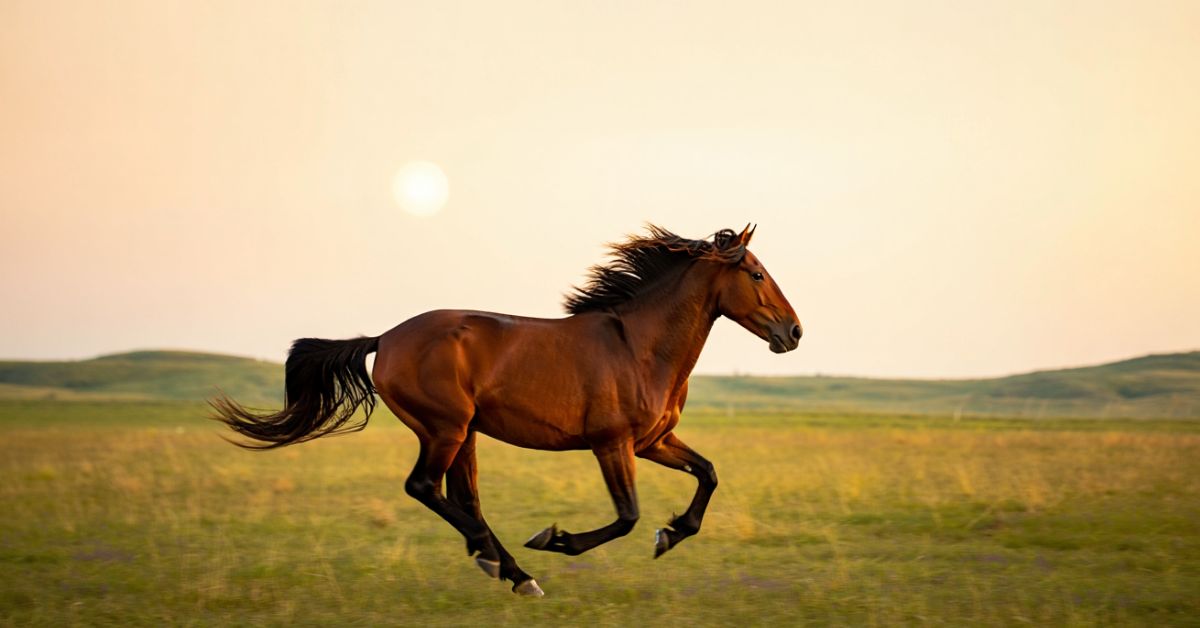
What is a Maverick Horse? The Complete Guide to Unbranded Wild Horses
What is a maverick horse? This question has captivated horse enthusiasts and Wild West history buffs for generations. A maverick horse is essentially an unbranded horse - a free-roaming equine that lacks the identifying mark of ownership typically burned into a horse's hide. These untamed horses represent the epitome of freedom and wildness, embodying the spirit of the American frontier.
The maverick horse definition goes beyond simply being unbranded. These magnificent creatures are often feral horses that have either escaped from human captivity or are descendants of domestic horses that returned to the wild. Unlike truly wild mustangs, which have never been domesticated, maverick horses often carry the genetic legacy of once-tamed animals. Understanding the distinction between a maverick horse vs. stray helps us appreciate these animals' unique place in equine history and their ongoing cultural significance in our modern world.
Chapter 1: Understanding the Maverick Horse Definition and Origins 📚
The term "maverick" originates from Samuel Augustus Maverick, a Texas rancher in the 1840s who famously refused to brand his cattle. This practice led to any unclaimed livestock being called "mavericks." The concept naturally extended to horses, creating the maverick horse definition we know today.
Maverick horse origin stories are deeply rooted in American frontier life. During the expansion westward, countless horses escaped from ranches, military expeditions, and settler wagons. These free-roaming horses adapted to life in the wild, forming herds and developing survival instincts that distinguished them from their domestic counterparts.
The Historical Context of Horse Branding
Horse branding became essential for identifying ownership on the vast open range. A branding iron heated over fire would permanently mark a horse's hide with a unique symbol. However, maverick horses escaped this process, making their ownership legally ambiguous.
The history of maverick horses reveals fascinating stories of survival and adaptation. These unbranded horses often displayed remarkable intelligence, learning to avoid human contact while maintaining the social structures necessary for herd survival. Their equine lineage frequently traced back to Spanish horses brought by conquistadors, Arabian breeds, or sturdy work horses used by settlers.
"The mustang is the wild horse of the American West, born of Spanish stock but molded by the harsh realities of frontier life." - Wild horse historian J.K. Patterson
➤ Also Read: What is a Palomino Horse? The Complete Guide to Golden Beauties
Chapter 2: Characteristics and Behavior of Maverick Horses 🌟
What Makes a Maverick Horse Special?
Maverick horse behavior differs significantly from domestic horses. These untamed horses develop heightened survival instincts, superior endurance, and remarkable intelligence. Their characteristics of a maverick include:
-
Enhanced alertness - Constant vigilance against predators and humans
-
Strong herd bonds - Complex social structures for protection and survival
-
Resourcefulness - Ability to find food and water in challenging environments
-
Athletic prowess - Exceptional agility and stamina from life in the wild
-
Independent nature - Self-reliance that distinguishes them from domestic horses
Physical Attributes of Free-Roaming Horses
Feral horses often display physical characteristics shaped by their environment. These wild mustangs typically have:
-
Smaller, more compact builds than domestic breeds
-
Incredibly hard, durable hooves from traversing rocky terrain
-
Dense, weather-resistant coats
-
Alert, expressive eyes that constantly scan for danger
-
Strong, muscular hindquarters for quick escapes
The Bureau of Land Management (BLM) has documented thousands of these remarkable animals across western states. Their studies show that maverick horses often live 15-20 years in the wild, developing survival skills passed down through generations.
Understanding Wild Horse Social Dynamics
Free-roaming horse herds follow complex social hierarchies. A dominant stallion typically leads, protecting mares and foals from predators and rival males. These social structures have evolved over centuries, creating some of the most fascinating wildlife behavior in North America.
Chapter 3: Legal Status and Modern Management of Maverick Horses ⚖️
The legal status of maverick horses has evolved dramatically since the Wild West era. Today's wild horse management involves complex federal and state regulations designed to protect these animals while balancing ecological concerns.
Federal Protection Under the Wild Free-Roaming Horses and Burros Act
Since 1971, federal law has protected wild mustangs and maverick horses on public lands. The Bureau of Land Management (BLM) oversees approximately 95,000 wild horses across ten western states. This legislation recognized the cultural significance of mavericks as "living symbols of the historic and pioneer spirit of the West."
Modern Horse Roundups and Management Practices
Contemporary horse roundups use helicopters and trained riders to gather feral horses from overpopulated ranges. These operations, while controversial, aim to prevent overgrazing and maintain ecological balance. The BLM relocates captured maverick horses to adoption programs, where they can find homes with qualified horse enthusiasts.
Distinguishing Mustang vs. Maverick Classifications
Understanding mustang vs. maverick differences is crucial for horse classification. While both terms describe unbranded horses, wild mustangs specifically refer to horses with Spanish colonial ancestry, while maverick horses encompass any unclaimed horse regardless of breeding.
Horse identification experts use genetic testing, physical characteristics, and behavioral observations to determine a horse's classification. This scientific approach helps preserve genetic diversity while ensuring appropriate management strategies.
Free-Range Livestock Laws and Horse Conservation
Modern free-range livestock laws address the complex relationship between wild horse management and private property rights. Horse conservation efforts balance protecting these magnificent animals with maintaining healthy ecosystems and respecting landowner interests.
"These horses are not just wildlife; they're living monuments to American history and the enduring spirit of freedom." - Dr. Sarah Mitchell, Equine Conservationist
Chapter 4: Cultural Impact and Modern Significance 🎭
The Maverick Horse in American Culture
Cowboy terminology wouldn't be complete without references to maverick horses. These untamed horses have inspired countless Western films, novels, and songs, cementing their place in American mythology. The image of a lone cowboy attempting to tame a wild mustang represents the eternal struggle between civilization and wildness.
Educational Value and Equine Glossary Expansion
Understanding ranching terms like "maverick" enriches our equine glossary and connects us to our agricultural heritage. Horse enthusiasts who study maverick horse origin gain deeper appreciation for horse domestication processes and the ongoing relationship between humans and horses.
Modern Equestrian Inspiration
Today's horse lovers often draw inspiration from maverick horse stories. At Dream Horse, we celebrate this spirit of independence and freedom through our equestrian jewelry and equestrian decoration collections. Our pieces capture the wild beauty and untamed spirit that maverick horses represent.
Tourism and Educational Programs
Many western states offer wild horse viewing experiences, allowing visitors to observe free-roaming horses in their natural habitat. These programs educate the public about wild horse management while generating tourism revenue for rural communities.
Art and Literature Inspired by Maverick Horses
The cultural significance of mavericks extends beyond practical considerations into artistic expression. Painters, sculptors, and writers continue drawing inspiration from these magnificent creatures, creating works that celebrate freedom, wildness, and the American frontier spirit.
Chapter 5: Identifying and Appreciating Maverick Horses Today 🔍
How Mavericks Are Identified in Modern Times
How mavericks are identified has evolved significantly from Wild West days. Modern techniques include:
Visual Assessment:
-
Checking for brand marks or identification tattoos
-
Observing behavior patterns and human wariness
-
Analyzing physical condition and coat characteristics
-
Documenting herd associations and territorial behavior
Scientific Methods:
-
DNA testing to determine genetic lineage
-
Microchip scanning for identification markers
-
Photographic databases for individual recognition
-
Radio collar tracking for movement patterns
Distinguishing Historical Context of Horses
The historical context of horses in America reveals fascinating migration patterns. Spanish horses introduced in the 1500s formed the foundation for many maverick horse populations. These animals adapted to diverse environments from desert plains to mountain meadows, developing regional characteristics that persist today.
Modern Challenges Facing Maverick Horse Populations
Contemporary wild horse management faces unprecedented challenges. Climate change, urban development, and resource competition threaten traditional free-roaming horse territories. Conservation efforts must balance ecological preservation with the needs of these magnificent animals.
Adoption and Training Programs
Many maverick horses captured during BLM roundups enter adoption programs. These untamed horses require specialized training approaches that respect their wild heritage while preparing them for domestic life. Success stories inspire horse enthusiasts worldwide and demonstrate the remarkable adaptability of these animals.
The Future of Maverick Horse Conservation
Horse conservation efforts increasingly rely on public support and education. Organizations work tirelessly to preserve wild mustang habitats while promoting responsible wild horse management practices. The future of maverick horses depends on continued awareness and protection efforts.
Statistics from 2024 show that approximately 86,000 wild horses and burros roam across 26.9 million acres of public land. These numbers highlight both the success of conservation efforts and the ongoing need for balanced management approaches.
Frequently Asked Questions About Maverick Horses 🤔
What is the difference between a maverick horse and a mustang?
While both are unbranded horses, wild mustangs specifically refer to horses with Spanish colonial ancestry living in the wild. Maverick horses is a broader term encompassing any free-roaming horse without ownership identification, regardless of breeding or origin.
Are maverick horses actually wild or just feral?
Most maverick horses are technically feral horses - domestic animals that have returned to the wild. True wild horses (like Przewalski's horses) were never domesticated. American wild mustangs are descendants of domestic horses that escaped or were released centuries ago.
How did maverick horses survive without human care?
Untamed horses developed remarkable survival skills including finding water sources, avoiding predators, foraging for food, and forming protective herd structures. Their equine lineage often includes hardy breeds selected for endurance and adaptability.
Can you legally adopt a maverick horse?
Yes! The Bureau of Land Management (BLM) conducts regular adoption events for wild horses removed from public lands. These programs require qualified adopters to meet specific facility and experience requirements.
What role did maverick horses play in the Wild West?
Maverick horses were valuable resources for cowboys and settlers. Capturing and breaking these free-roaming horses provided fresh mounts for ranch work, though it required considerable skill and courage.
Why were horses left unbranded in the first place?
Some ranchers like Samuel Maverick chose not to brand their animals, while others lost track of horses during harsh winters, Indian raids, or while traveling. These unclaimed horses would form wild herds over time.
Express your passion for these magnificent creatures with Dream Horse's exclusive equestrian collection. Our handcrafted jewelry and décor pieces capture the wild spirit and untamed beauty that make maverick horses so captivating. Assert your individuality with pieces that celebrate the freedom and independence these horses represent.








